Gate Valve Manufacturer
Only unexpected, nothing impossible
WHO IS GATE VALVE ?
A gate valve is a type of valve used in various industries to control the flow of liquids and gases. It operates by lifting a gate (a rectangular or round disc) out of the path of the fluid. Gate valves are designed to be fully open or fully closed, providing an unobstructed flow when open and a tight seal when closed. They are commonly used in applications where a straight-line flow of fluid and minimum flow restriction are needed.
GATE VALVE Series
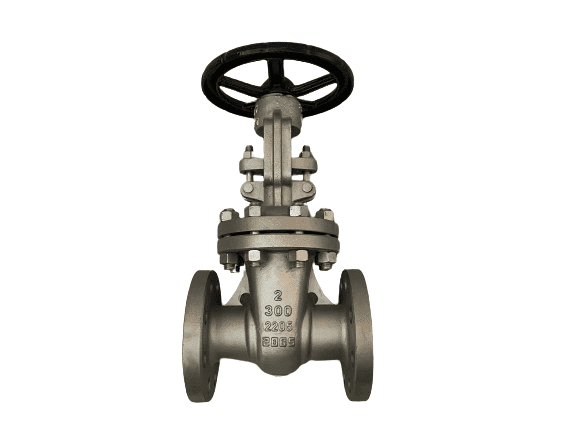
Cast Steel Gate Valve
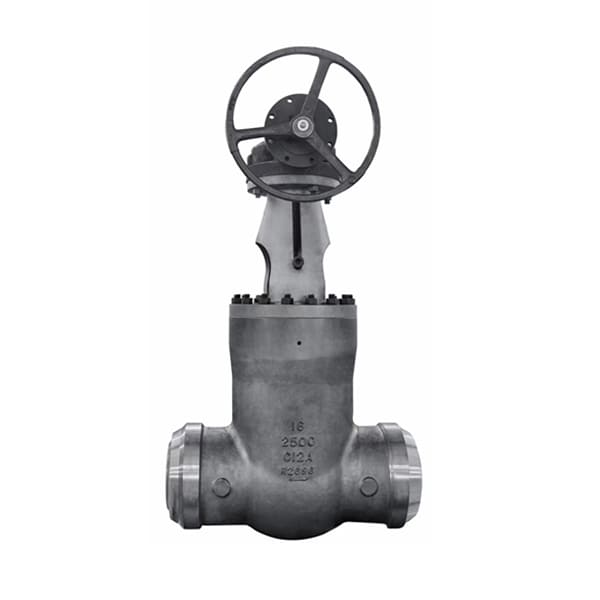
Pressure Seal Gate Valve
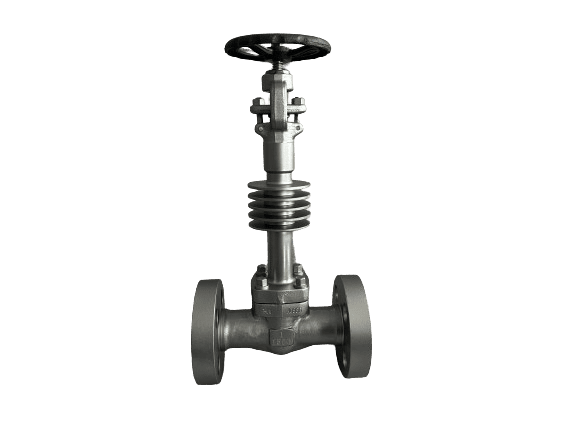
Extended Stem Gate Valve
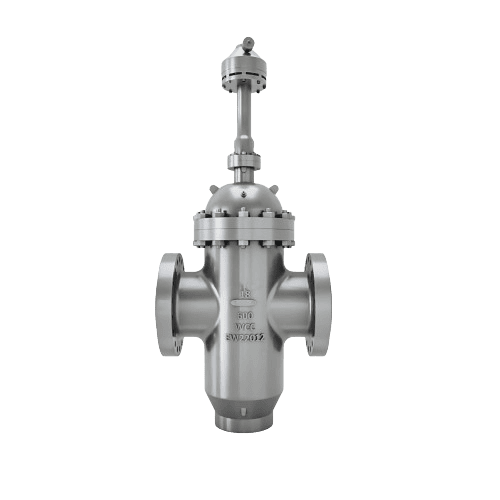
Slab Gate Valve
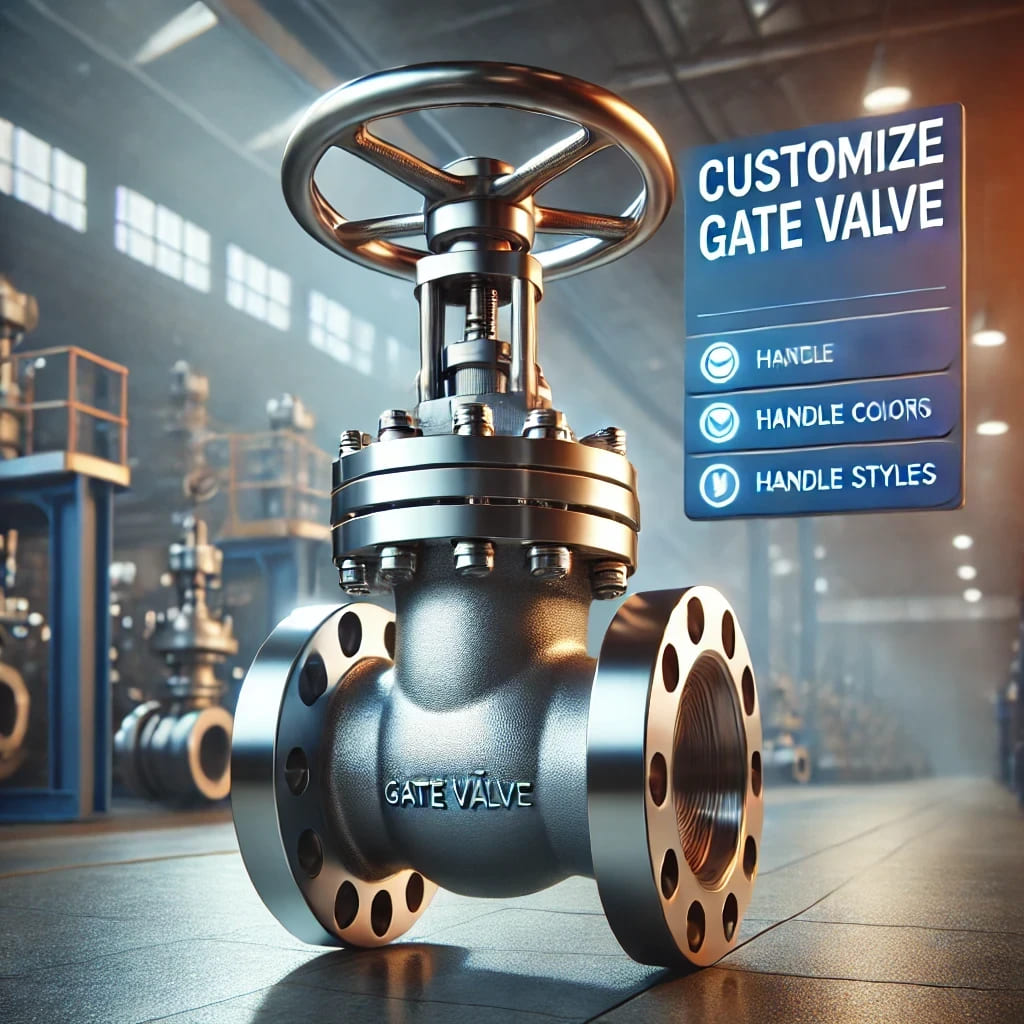
Customize your Gate Valve
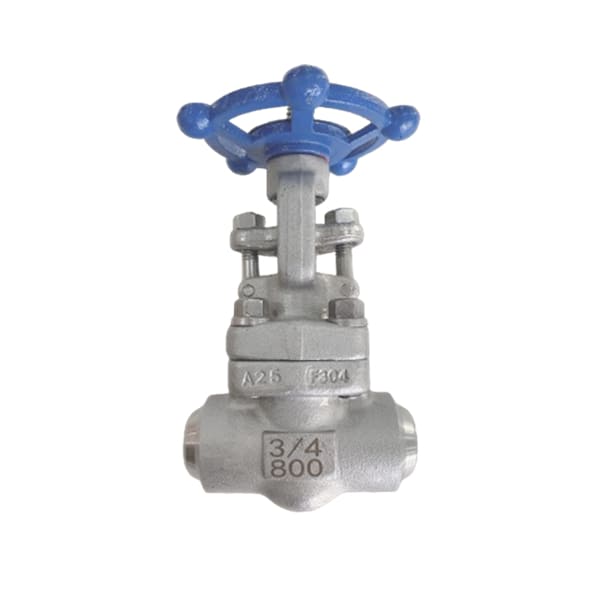
Forged Steel Gate Valve
How Does Gate Valve Work ?
The process of using a gate valve is as follows:
The basic structure of a gate valve includes the valve body, gate, stem, and handwheel or actuator. The valve body, typically made of metal, contains the internal parts and provides connection points to the pipeline. The gate, a flat or wedge-shaped component, moves up and down to open or close the flow path. The stem connects the gate to the handwheel or actuator, transmitting motion. The handwheel or actuator is used to manually or automatically operate the valve.
During use, the valve is opened by turning the handwheel or operating the actuator. When the handwheel is turned clockwise, the stem raises the gate, gradually lifting it out of the flow path. As the gate rises, the flow path opens, allowing fluid to pass through the valve. When fully open, the gate is completely out of the flow path, minimizing flow resistance and pressure drop.
Gate Valve Main Components:
- Body: The main part of the valve that houses the internal components and connects to the pipeline.
- Seat: The surface inside the valve body that comes into contact with the gate to form a seal when the valve is closed.
- Gate: The flat or wedge-shaped component that moves up and down to open or close the flow path.
- Stem: The stem that connects the gate to the handwheel or actuator, transmitting motion.
- Bonnet: The cover that encloses the valve body and is bolted or screwed in place.
- Gasket: The middle flange gasket in valves ensures a tight seal between the body and bonnet, preventing leaks under various pressure conditions, enhancing overall system integrity.
- Packing: Valve packing provides a seal around the valve stem, preventing fluid leakage while allowing smooth operation, ensuring long-term durability and performance under varying pressures.
- Handwheel/Actuator: The handwheel/actuator used to manually or automatically open/close the valve.

Why Choose Gate Valve?
When fully open, gate valves provide an unobstructed flow path, resulting in minimal pressure drop and allowing for maximum flow capacity.
Gate valves can be used in both directions, making them versatile for various flow requirements without needing to adjust the valve's orientation.
The design of gate valves allows for easy manual operation with a handwheel, or they can be automated using actuators, providing flexibility in operation based on the application requirements.
With fewer moving parts compared to other valve types, gate valves require less maintenance, reducing downtime and operational costs.
Due to their simple design and long lifespan, gate valves are often more cost-effective compared to other valve types, providing excellent value for money over the long term.
Gate valves are ideal for applications involving large-diameter pipelines, as they provide a reliable shutoff without requiring excessive space for installation.
When fully open, the gate valve offers minimal resistance to the flow of fluid, ensuring efficient fluid movement and reducing energy consumption in the system.
Many gate valves offer customizable features such as different handle styles, materials, and sizes, allowing for tailored solutions to specific needs.
Categorization of GATE VALVE
By Gate Design:
- Rising Stem Gate Valve: The stem rises when the valve is opened, providing a visual indication of the valve’s position. This type is typically used when space is not a constraint.
- Non-Rising Stem Gate Valve: The stem does not rise; instead, the gate moves up and down on the stem. This type is suitable for applications with limited vertical space.
By Stem Sealing Type:
- Packing Seal Gate Valve: Uses packing material around the stem to prevent leakage.
- Bellows Seal Gate Valve: Uses a metal bellows to seal the stem, providing superior leakage protection, often used in hazardous or high-purity applications.
By Seat Configuration:
- Single-Seated Gate Valve: Contains a single sealing seat. Suitable for applications where tight shutoff is required.
- Double-Seated Gate Valve: Contains two sealing seats for a more secure shutoff. Often used in high-pressure systems.
By Disc Type:
- Solid Wedge Gate Valve: The gate is a single, solid piece, providing robust sealing and durability.
- Flexible Wedge Gate Valve: The gate has a slight flexibility to compensate for slight misalignments or thermal expansion, enhancing the seal.
- Split Wedge Gate Valve: The gate is made of two pieces that can adjust independently, providing better sealing in large-diameter or high-pressure applications.
By Special Features:
- Cryogenic Gate Valve: Designed to operate at extremely low temperatures, often used in the storage and transport of liquefied gases.
- Vacuum Gate Valve: Designed to operate in vacuum conditions, often used in scientific and industrial applications requiring vacuum environments.
By Material:
- Cast Iron Gate Valve: Commonly used for water and steam services.
- Stainless Steel Gate Valve: Resistant to corrosion and suitable for aggressive media.
- Brass/Bronze Gate Valve: Often used in smaller sizes for water, oil, and gas applications.
- Alloy Gate Valve: Used in high-temperature or high-pressure applications due to enhanced strength and durability.
By Stem Movement:
- Rising Stem Gate Valve (OS&Y – Outside Screw and Yoke): The stem rises out of the valve body when the valve is opened, indicating the valve position. Common in water and wastewater applications, where visual position indication is necessary.
- Non-Rising Stem Gate Valve: The stem does not rise; instead, the gate moves up and down the stem. Suitable for limited space applications, such as underground installations.
By End Connection Type:
- Flanged End Gate Valve: These valves have flanges on both ends for bolting to the pipeline flanges. They are easy to install and remove.
- Threaded End Gate Valve: These valves have threaded ends for connecting to pipelines with matching threads, commonly used in smaller diameters.
- Butt Weld End Gate Valve: These valves are designed for welding directly to the pipeline, providing a permanent and leak-proof connection.
- Socket Weld End Gate Valve: These valves have sockets for welding to the pipeline, used for small diameter, high-pressure applications.
By Actuation Method:
- Manual Gate Valve: Operated by a handwheel or lever.
- Electric Gate Valve: Operated by an electric actuator for remote or automated control.
- Pneumatic Gate Valve: Operated by a pneumatic actuator, often used in systems where electric actuation is not feasible.
- Hydraulic Gate Valve: Operated by a hydraulic actuator for precise control in high-pressure systems.
Most Popular Questions for
GATE VALVE
- Problem: Leakage occurs around the stem due to worn-out packing or improper gland adjustment.
- Solution: Replace the stem packing with new packing material and ensure the gland is properly tightened to create a good seal.
- Problem: The gate valve may not fully open or close due to debris buildup, corrosion, or a damaged stem.
- Solution: Inspect the valve internals for debris and clean it out. Check for corrosion or damage on the stem and gate, and replace any damaged parts as necessary.
- Problem: Excessive force is required to operate the valve, which could be due to lack of lubrication, stem bending, or misalignment.
- Solution: Ensure the stem is properly lubricated. Check for any bends or misalignment in the stem and gate, and repair or replace parts as needed.
- Problem: Leakage occurs when the valve is closed due to a damaged or worn-out seat.
- Solution: Inspect the seat for damage or wear. If the seat is damaged, it should be replaced or repaired. Proper maintenance and regular inspection can prevent seat leakage.
- Problem: The valve becomes stuck and is difficult to operate, often due to rust or scale buildup.
- Solution: Apply a suitable lubricant to the stem and other moving parts. Regularly operate the valve to prevent buildup of rust and scale.
- Problem: The stem breaks due to excessive force or material fatigue.
- Solution: Replace the broken stem with a new one. Ensure that the valve is operated within its designed limits to prevent future breakage.
- Problem: The valve causes excessive vibration and noise during operation, which can be due to turbulent flow or loose internal components.
- Solution: Ensure the valve is fully open or fully closed during operation to minimize turbulence. Tighten any loose internal components and secure the valve body to reduce vibration.
- Problem: Corrosion can occur internally or externally, affecting valve performance.
- Solution: Use corrosion-resistant materials such as stainless steel for valve construction. Apply appropriate coatings and perform regular inspections and maintenance to address and prevent corrosion.
- Problem: The handwheel or actuator fails to operate the valve due to mechanical failure or wear.
- Solution: Inspect the handwheel or actuator for damage and replace any faulty components. Regular maintenance and proper use can help prevent such failures.
- Problem: The valve is improperly installed, causing misalignment and operational issues.
- Solution: Ensure the valve is installed according to the manufacturer's guidelines, with proper alignment and support. Verify that the valve is compatible with the pipeline and application.
Customized your Valves with EASY!
Tell Us What You Need
Input the valve information you need, such as size, pressure, material and so on.
Directly upload datasheets or drawings.
Get Quote & Solution≤18h
To get a quote in less than 18 hours and have projects executed more easily and procurement streamlined, pls complete this form.
Get Drawing & Datasheet≤24h
For the normal valves, we can provide the drawings or datasheets wihtin 24 hours. For the customzied valves or large project, provide the drawings or datasheet within 48 hours.
Get A Fast Quote
Don’t let delays slow down your operations. Click here to fill out our quick quote form. And we’ll get back to you with a price and delivery time as soon as possible.

